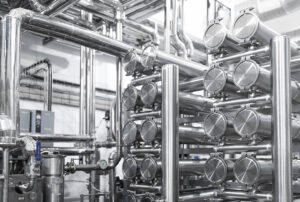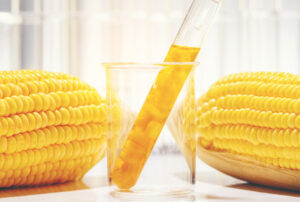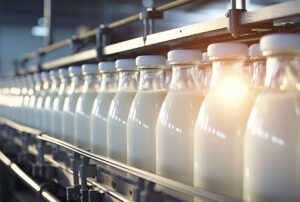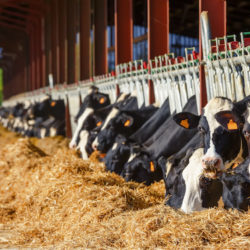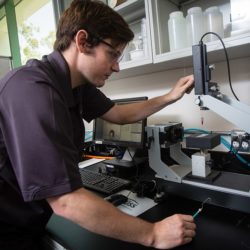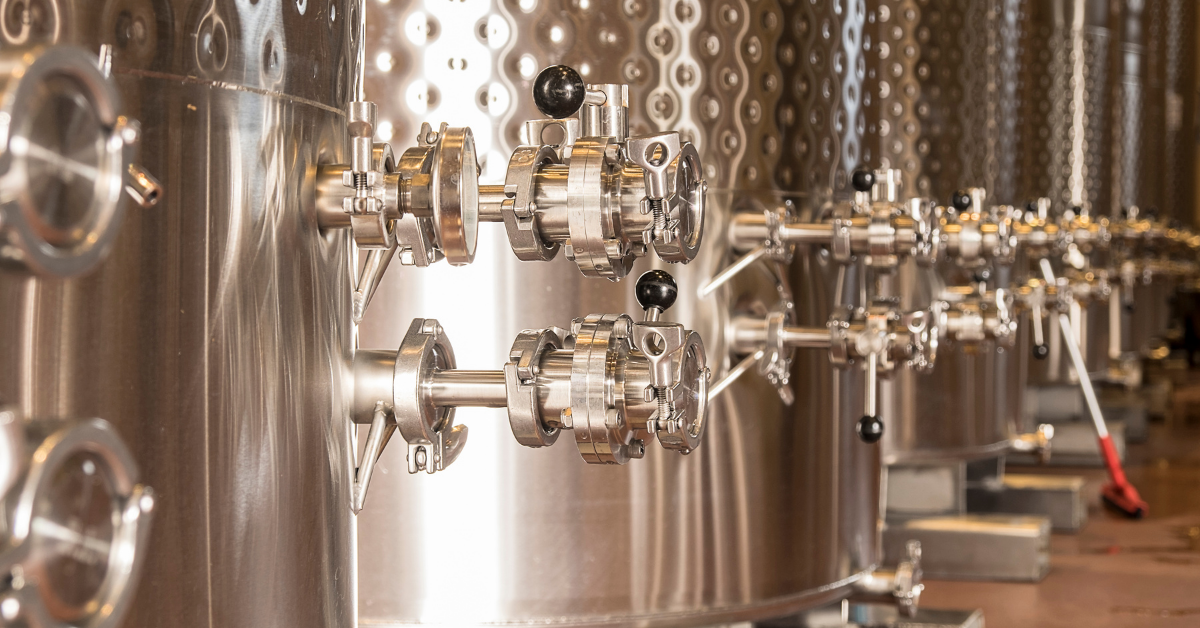
Precision Fermentation – From Ancient Origins to Future Food
Part 2: Refining the Process with Membrane Separations
Fermentation’s roots trace back over 10,000 years as a way to preserve and transform food and beverages. Today, this age-old technique is being reinvented with precision fermentation. As discussed in Part 1: “A Sustainable Solution to Global Food Scarcity,” precision fermentation allows for the sustainable production of proteins, nutrients, and other ingredients to enhance nutrition and food security. But how did we get here? Let’s explore the evolution of fermentation and the critical role separation technologies play in commercializing precision fermentation.
From Sauerkraut to Penicillin: Fermentation Through the Ages
While fermentation emerged as an agricultural preservation strategy in Neolithic times, we’ve come a long way from early milk curdling and bread leavening. In the 1800s, Louis Pasteur’s work unveiled the microbial underpinnings, leading to the industrial production of vinegar, yogurt and other fermented foods. Later, Alexander Fleming’s accidental discovery of penicillin production in mold set the stage for using fermentation to manufacture antibiotics, enzymes, and bioactive compounds on a large scale.
Transitioning to Precision Fermentation
What sets today’s precision fermentation apart is the unprecedented level of control and optimization in strain selection, genetic engineering and bioprocessing. Rather than rely on microbes in the wild, we can now design optimal microbial “cell factories” to churn out target ingredients. The shift from traditional to precision fermentation promises superior consistency, efficiency and sustainability in obtaining everything from proteins to vitamins.
Why Separation is Vital
Effective separation of the desired compound is paramount to scale up precision fermentation. Membrane filtration shines here by enabling gentle, continuous extraction and purification in a way that maintains product integrity. Polymeric membranes with different pore sizes can selectively concentrate fermentation products via fractionation while retaining cells in the bioreactor. Combined with other inline sensors and separation techniques like chromatography, they allow extensive process control and automation.
Benefits of Membrane Separations
Unlike alternatives, membrane separation technology provides energy-efficient, scalable, and high-performance separation without intensive temperature, pressure or chemical adjustments. Based on engineered pore size and pore size distributions, membranes can fractionate compounds with differences in molecular weight or shape. Membrane separation encompasses several distinct types designed to address different separation needs.
There are four primary classifications of membranes:
- Microfiltration (MF) separates particles in the range of 0.1-10 µm (also expressed in units of molecular weight, 300,000 to 3,000,000 Daltons), including suspended solids, bacteria, and large molecular weight compounds. It is commonly used to remove impurities and achieve the desired clarity and purity of the final product.
- Ultrafiltration (UF) separates molecules in the range of 0.001-0.1 µm (1,000 to 250,000 Daltons), including proteins, polysaccharides and smaller molecular weight compounds. UF is often used in the sweetener process for concentration and purification, thereby enhancing the overall quality of the final product.
- Nanofiltration (NF) separates molecules between 0.0001-0.001 µm (200 to 1,000 Daltons). NF is used for the selective separation of specific ions and small molecules while allowing others to pass through. This technology is beneficial to achieve partial desalination, color removal and the separation of specific compounds.
- Reverse Osmosis (RO) separates water molecules from other components, such as salts and minerals. The pores in RO membranes are only several angstroms wide, which allows water molecules to pass through while retaining larger molecules. RO is used to remove impurities, concentrate sweetener solutions and achieve high levels of purification.
Their modular, “bolt-on” nature permits balancing productivity with purity needs. Scalability from lab to industrial process is enabled by multiplying membrane modules without loss of separation efficiency. Moreover, membranes are compatible with the delicate nature of bioproducts and biological systems.
Realizing precision fermentation’s full potential requires expertise across multiple disciplines – from strain engineering to bioprocess optimization and separation technology integration. On the separation side, finding an experienced partner is key. Solecta is a leader in developing and implementing novel membrane solutions for emerging biomanufacturing applications like precision fermentation. Their technical experts work closely with clients to deeply understand purity requirements, production volumes and process dynamics. This allows the joint development of integrated membrane solutions that balance productivity, efficiency and cost goals. As precision fermentation continues advancing from the lab toward commercial scale, strategic partners like Solecta that offer membrane separation technology and process know-how will be instrumental in making this sustainable production method an industrial reality.
Stay Tuned for Part 3
In the third installment of this series, we will explore innovative applications of precision fermentation, from foods to pharmaceutical ingredients and beyond. Membrane separations will continue, enabling this manufacturing revolution that started 10,000 years ago with fermented berries in a clay pot.
Related Resources in the Knowledge Hub
Let’s Keep in Touch
Follow Solecta on LinkedIn and join our mailing list to keep up with our latest news.
Explore the Possibilities
Our team of application engineers and domain experts understands your industry’s unique challenges. (They’re also eager to solve them.)

